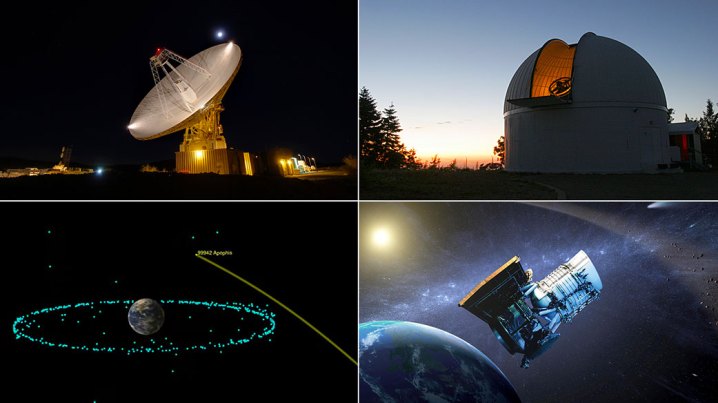An international team of space researchers recently came together to test what might happen if Earth were threatened by a large asteroid strike. Results from the planetary defense exercise, which happened last year, have just recently been published and show the steps that would need to be taken if a planet-killing asteroid was headed for us.
To simulate the threat, the participants considered asteroid Apophis. This real 1,100-foot-long asteroid will come close to Earth in 2029 and 2068, but won’t actually strike the planet. But for the sake of the exercise, the participants worked out what could have happened if it had threatened Earth on its most recent close approach between December 2020 and March 2021.

“This real-world scientific input stress-tested the entire planetary defense response chain, from initial detection to orbit determination to measuring the asteroid’s physical characteristics and even determining if, and where, it might hit Earth,” said Vishnu Reddy, associate professor at the University of Arizona’s Lunar and Planetary Laboratory in Tucson, in a statement.
The asteroid was tracked using NASA’s Near-Earth Object Wide-field Infrared Survey Explorer (NEOWISE) mission, which gathered information on its size and shape. This is important to estimate how much damage would be done by an impact and was used in simulations of possible impact locations on Earth. The idea is that this data could be sent to disaster agencies to help their efforts in the case of a real incoming asteroid.
“Seeing the planetary defense community come together during the latest close approach of Apophis was impressive,” said Michael Kelley, a program scientist with PDCO, within NASA’s Planetary Science Division. “Even during a pandemic, when many of the exercise participants were forced to work remotely, we were able to detect, track, and learn more about a potential hazard with great efficiency. The exercise was a resounding success.”
The findings are published in The Planetary Science Journal.



